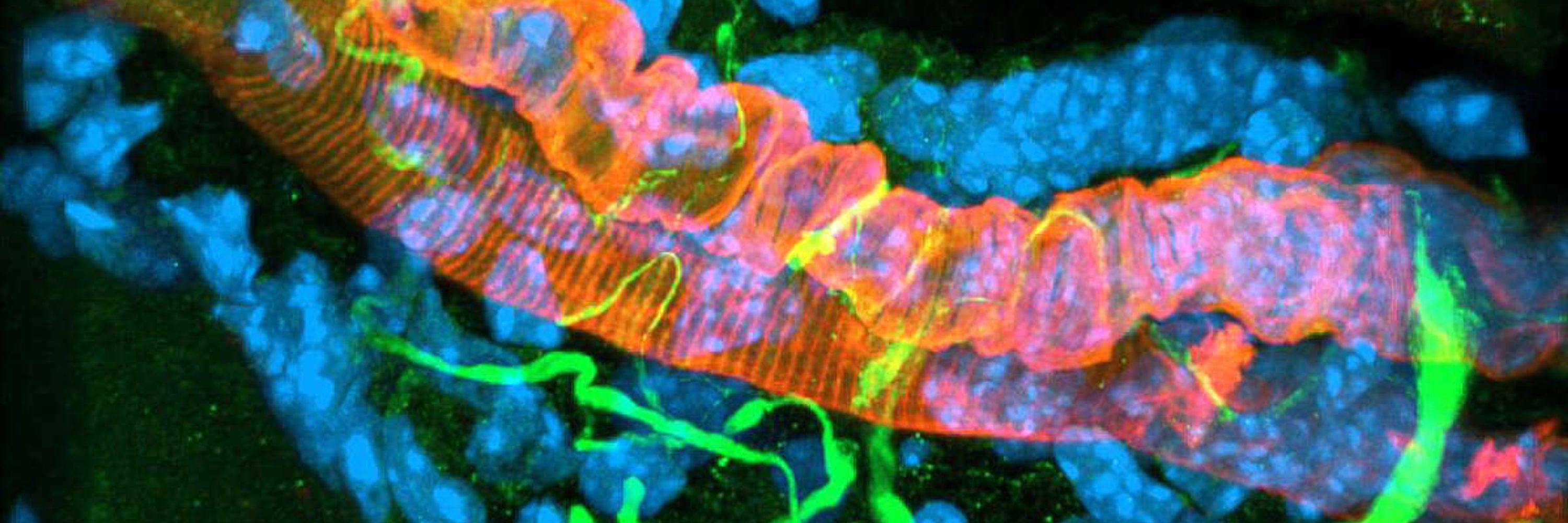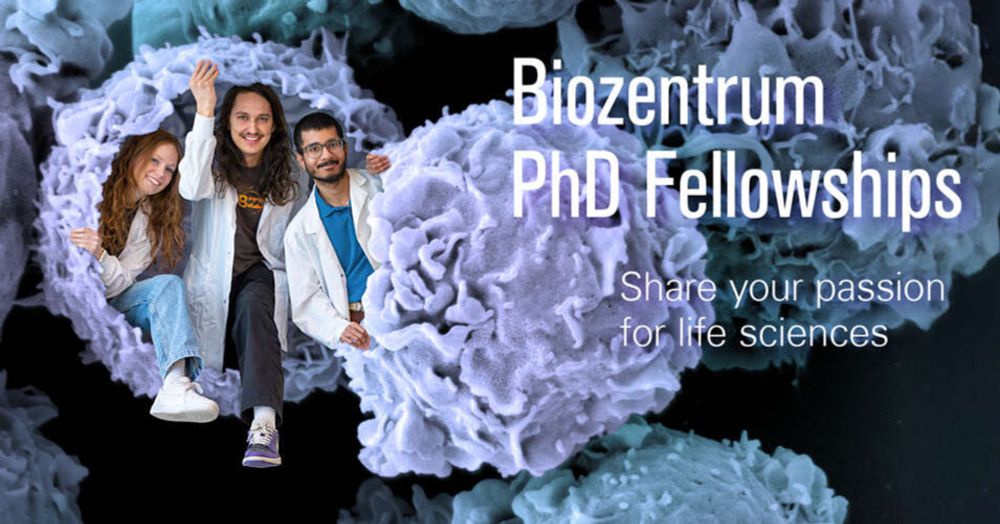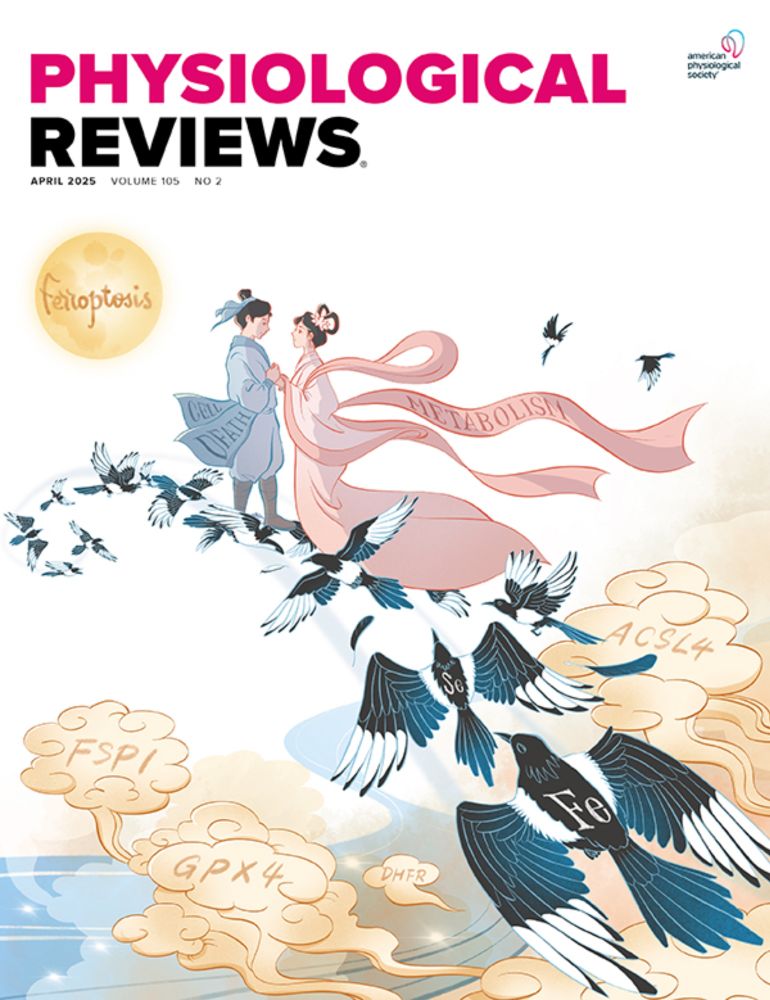Christoph Handschin
@c-handschin.bsky.social
310 followers
110 following
50 posts
Researcher @biozentrum.bsky.social of @unibasel.bsky.social in 🇨🇭. Skeletal #muscle plasticity / #exercise / #neuromuscular diseases / #aging / #metabolism / #PGC-1alpha
https://biozentrum.unibas.ch/handschin
Posts
Media
Videos
Starter Packs
Reposted by Christoph Handschin
Reposted by Christoph Handschin
Reposted by Christoph Handschin





















